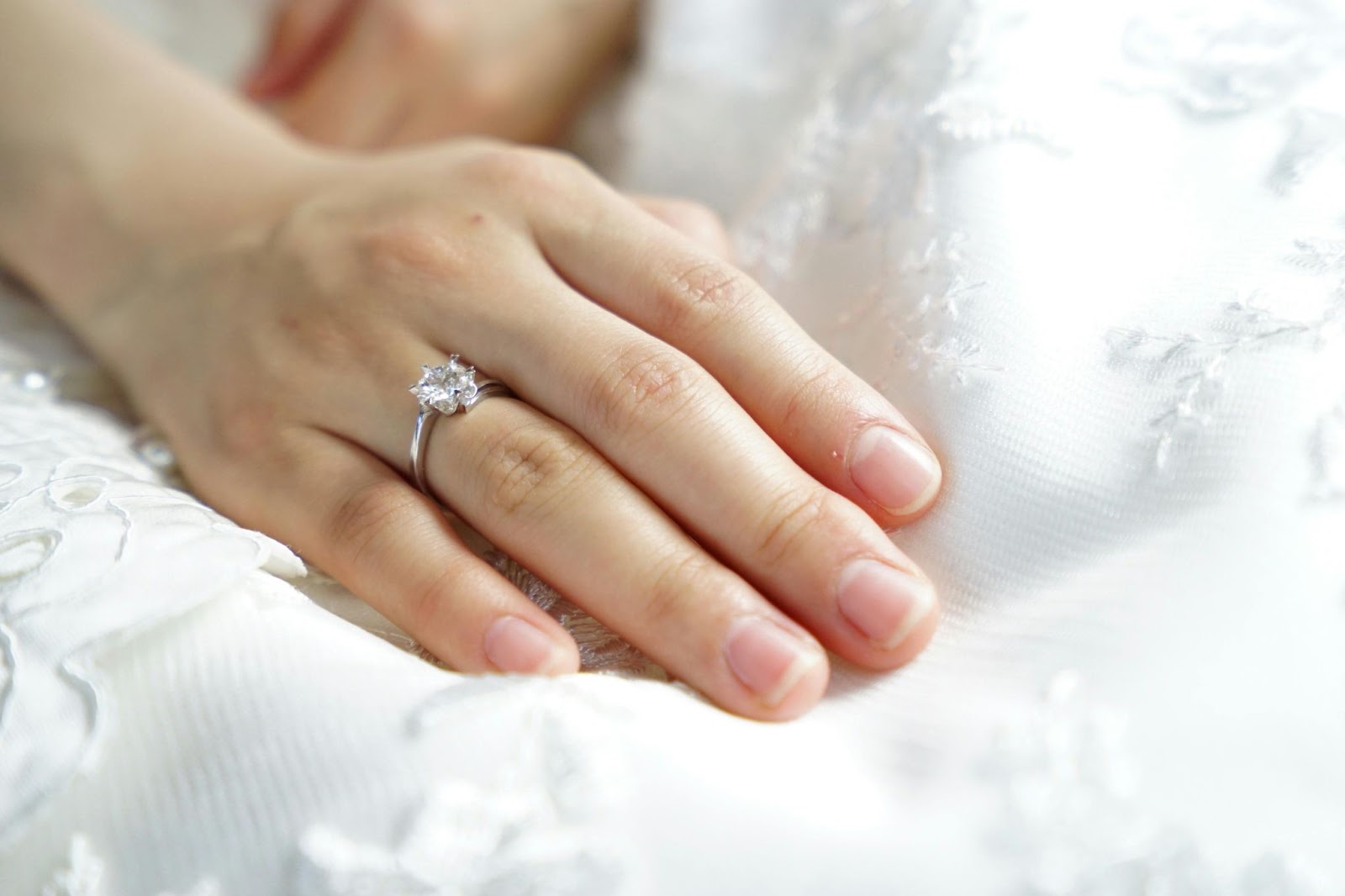Jewelry is more than just an aesthetic item; it’s an investment, and this is particularly the case when it comes to diamonds – one of the most sought-after stones no matter what type or form they come in.
One diamond can differ considerably from the next, however, and if you’re looking to improve your investment profile by purchasing diamonds, then you’ll need to learn about grading so that you know what to look for.
This article is here to help with that: here’s what you need to know about diamond grading in a nutshell.
Understanding the Four Cs
When it comes to diamond grading, getting a handle on the Four Cs and what they represent is the most important step. The Four Cs are cut, color, clarity, and carat, and each has an important bearing on the overall value of the diamond you’re considering. Here’s a closer look:
Cut
Cut is all about the degree to which a diamond sparkles in the light. A higher grade cut will have been carefully shaped to create a dazzling light profile, and essentially, you can think of the cut as giving that overall ‘wow’ factor to the stone. This is why many consider it the most important of the Four Cs.
Color
While diamonds are almost always depicted as being totally clear or colorless, this isn’t actually the case. While these stones can be clear, many take on a yellowish or slightly brown hue.
Color is graded on an alphabetical scale, starting with D and ending with Z, with D being the most clear and Z being the least. Traditionally, D-grade diamonds are considered the most valuable.
Clarity
Clarity refers to the number of visible imperfections on the stone – those that exist both externally and internally. These can range from tiny blemishes to more significant inconsistencies in the makeup of the diamond.
The more visible imperfections a diamond has, the lower its value.
Carat
Carat is a measure of the weight of the diamond: the heavier the diamond, the higher the carat, with one carat being equal to 200 milligrams. It’s usually the case that the heavier the diamond is and the higher the carat, the more valuable it is.
Where to Buy
One of the best things about investing in diamonds is that they hold their value, but it’s important that you buy your jewelry from a reputable provider.
Ask the jeweler for a full breakdown of how their diamonds are sourced, checked, and graded, and be sure to familiarize yourself with current prices to make sure you’re getting a good deal. In addition to physical jewelers, there are also many online stores around today that offer a great selection – Rare Carat is a particularly popular choice.
Wrapping Up
You should now be a little clearer on what goes into diamond grading, but remember, these are just the basics. Take what you’ve learned and see if you can apply your new knowledge as you assess diamonds in real life, and be sure to study market trends and prices carefully. Good luck!

